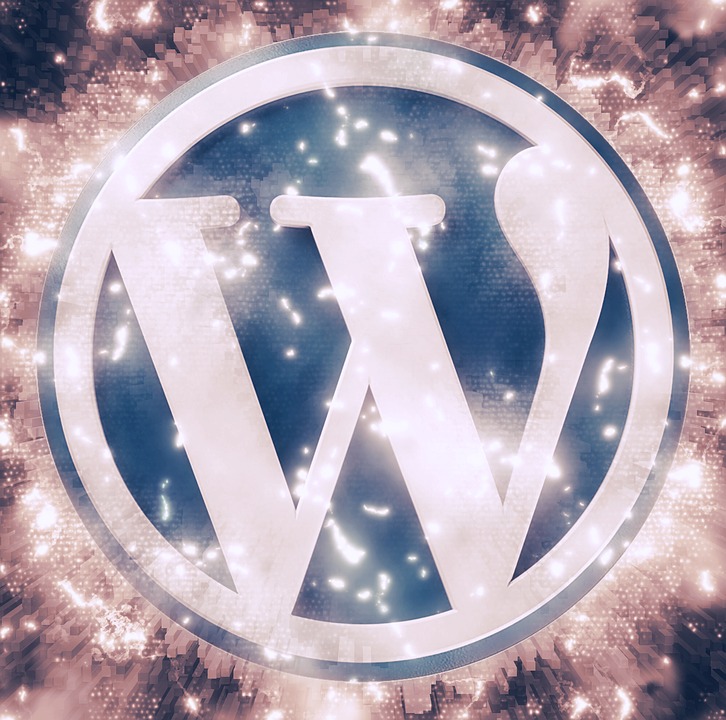If you’ve got a WordPress website, you’ve probably seen those notifications: “Update available!” But what exactly are WordPress updates? Do they matter? Yes! Whether you’re a beginner or a seasoned website owner, keeping your site up-to-date today is one of the simplest ways to add freshness and ensure security is tight.
Let’s break down what WordPress updates are, why you need them, and how to manage them easily.

What Are WordPress Updates?
Simply put, WordPress updates are improvements or fixes. This is made for the WordPress platform, themes, or plugins. They can include:
- Security Fixes: Protect your site from vulnerabilities and hackers.
- Bug Fixes: Resolve glitches or issues in your site’s functionality.
- Performance Enhancements: Make your website faster and more reliable.
- New Features: Introduce cool tools or design options to improve your site.
These updates apply to the WordPress core software. Likewise, updates can also apply to the themes you use, or any plugins installed on your site.
Why Are WordPress Updates Important?
Here’s why those little update notifications shouldn’t be ignored:
1. Security Protection 🔒
Outdated WordPress software is a prime target for hackers. Security updates patch vulnerabilities. Consequently they help to keep your site safe from threats.
2. Better Performance 🚀
Updates often improve speed and efficiency. This gives your visitors a smoother browsing experience.
3. Bug Fixes 🐞
If something’s not working properly, updates can fix it. Those annoying bugs and glitches, for example.
4. Access to New Features 🎨
The updates often add new options to your website. Stay ahead of the curve with new designs, tools, or functions because these can make your site even better.
5. Compatibility 🌐
Themes and plugins are updated to stay compatible with the latest version of WordPress. Therefore, if you don’t update them, things could break or stop working altogether.
How to Manage WordPress Updates
Updating your WordPress site is pretty simple. However, there are a few steps to follow to make sure everything goes smoothly:
1. Back Up Your Website
Always back up your site before updating anything. This ensures you can restore your site if something goes wrong. This can happen occassionally during the update process.
2. Check Compatibility
Make sure the updates won’t cause compatibility issues with your existing themes or plugins.
3. Update WordPress Core First
Start by updating WordPress itself. After you’ve updated WordPress, then move on to themes and plugins.
4. Test Your Site
After updating, visit your site to make sure everything works properly.
Can You Automate Updates?
Yes! WordPress allows you to enable automatic updates. These can be for core software, themes, and plugins. This can be a great option for keeping your site secure without constantly logging in to make manual updates.
However, if you have a complex site with custom features, you might prefer manual updates. Manual updates help to avoid compatibility issues.
Conclusion
So, as you can see, an update is an essential tool for keeping your website secure, fast, and fully functional. Regularly updating your WordPress site ensures it stays in tip-top shape for your visitors. Additionally, it protects your hard work from potential threats.
The next time you see that “Update Available” notification, don’t ignore it—embrace it! Your website will thank you. 😊
Happy updating! 🎉Oh, and if you are not sure about anything, get in touch with us below. As you will see from our Google reviews, we are very friendly and helpful!


